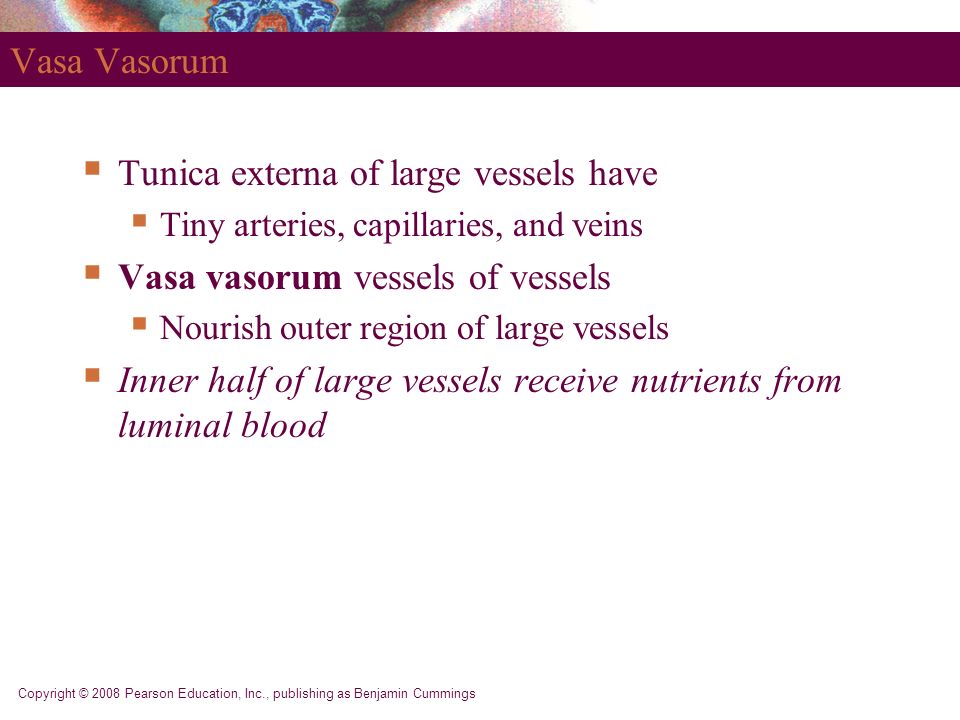Blood Clot Forms in a Large Lower Limb Vessel:
A pulmonary embolism PE occurs when a clot breaks loose and travels through the bloodstream to the. Four separate congenital heart defects.
Simple Cysts Renal Cysts Sometimes Occur As Part Of An Inherited Disease Such As Polycystic Kidney Cysts Polycystic Kidney Disease Renal Cell Carcinoma
Blood clots form when certain parts of your blood thicken forming a semisolid mass.

. By Mayo Clinic Staff. When a clot thrombus forms in a blood vessel artery or vein it is called thrombosis. These blood clots usually occur in your.
These clots can then travel through the bloodstream and end up elsewhere in the body such as in the lungs to cause CTEPH. The portions of lung served by each blocked artery are robbed of blood and may die. Venous thromboembolism VTE also known as blood clots is a disorder that includes deep vein thrombosis and pulmonary embolism.
Blood clots can obstruct normal blood flow and typically occur in tissues deeper than the skin. In macroangiopathy atherosclerosis and a resultant blood clot forms on the large blood vessels sticks to the vessel walls and blocks the flow of blood. Arteries are blood vessels that carry blood away from the heart to an organ.
Blood clot forms in a large lower limb vessel. A blood clot that forms within a blood vessel is called a thrombus while a traveling blood clot is an embolus. High frequency sound waves are transmitted into the chest.
Most large vessel strokes are embolic strokes meaning that they are caused by blood clots drifting from elsewhere in the body. Blood clot forms in a large lower limb vessel. When this happens it.
This mainly happens in your legs and pelvis. This is known as pulmonary infarction. The cause of essential hypertension.
Often occurring in lower limb veins like the femoral vein DVT becomes especially serious if clotted material breaks off and reaches the lung a condition called pulmonary embolism. DVT is a potentially dangerous condition in which a blood clot forms in a deep vein. COVID-19s association with blood clots in the pulmonary arteries is well-established.
One of the most serious complications of an upper extremity deep vein thrombosis is a pulmonary. A blood clot that forms in the deep blood vessels of the arms blocking the passage of blood is referred to as an acute upper extremity deep vein thrombosis. One of the established risk factors for developing CTEPH is called deep vein thrombosis or DVT which occurs when a blood clot thrombus forms in a deep vein in the body usually a large vein in the leg.
There are many risk factors for. A deep vein thrombosis DVT occurs when a blood clot forms in a deep vein usually in the lower leg thigh or pelvis. This process may be triggered by an injury or it can sometimes occur inside blood vessels that dont have an obvious injury.
Thrombosis or clotting occurs due to an interplay and cascade of activation of coagulation factors clotting proteins in the blood. Macroangiopathy may cause other complications such as ischemic heart disease stroke and peripheral vascular disease which contributes to the diabetic foot ulcers and the risk of amputation. Visible bruises or contusions usually.
Among these factor X and factor II thrombin form the final common and significant pathways leading to the formation of factor I fibrin which cross. Some blood clots form in veins often in the legs or pelvis. Four separate congenital heart defects.
Less is known about the virus connection to lower extremity arterial thrombosis a condition characterized. Your femoral vein runs along the inside of your legs from your groin area downward. The casue of essential hypertension is.
Blood vessels branching from the aorta to carry oxygen-rich blood to the heart muscle. Deep-vein thrombosis DVT is a common but under-diagnosed medical condition that occurs when a thrombus blood clot forms in one of the large veins usually in the lower limbs leading to either. Femoral vein thrombosis refers to a.
A blood clot is a collection of blood within a vessel. These blood clots most commonly come from the deep veins of your legs a condition known as deep vein thrombosis DVT. Can lead to myocardial blood is held back from and area can be caused by thrombotic occulusion.
In many cases multiple clots are involved in pulmonary embolism. An acute upper extremity deep vein thrombosis currently affects 4 to 10 per 100000 people in the general population. Deep vein thrombosis is a blood clot that forms in a blood vessel inside your body far away from your skin that carries blood toward your heart.
It usually happens in your lower leg thigh or pelvis. This is also called a venous thrombosis Its a blood clot that forms in a major vein deep in your body. Once these clots form they can travel to other parts of your body causing harm.
Blood clot forms in a large lower limb vessel.
Large Vessel Vasculitides Medicine
Jcm Free Full Text Mimickers Of Large Vessel Giant Cell Arteritis Html
Chapter 20 Blood Vessels And Circulation Ppt Download
Part 1 Blood Vessels Ppt Video Online Download
Deep Vein Thrombosis What Is It Causes Prevention And More Osmosis
Ppt Vasculitis And Connective Tissue Disease Powerpoint Presentation Id 1183241
Structure And Function Of Blood Vessels Anatomy And Physiology
Frontiers Multi Scale Imaging Of Vascular Pathologies In Cardiovascular Disease Medicine
So Easy To Miss Catching The Subtle Stroke Ppt Download
Structure And Function Of Blood Vessels Anatomy And Physiology
Structure And Function Of Blood Vessels Anatomy And Physiology
Pulmonary Embolism Causes Signs Risk Factors Diagnosis And Management Of Pulmonary Embolism Nurse Nursing School Nursing Information
Drug Induced Cutaneous Vasculitis And Anticoagulant Related Cutaneous Adverse Reactions Insights In Pathogenesis Clinical Presentation And Treatment Clinics In Dermatology
Frontiers Covid 19 And The Vasculature Current Aspects And Long Term Consequences Cell And Developmental Biology
What Is The Pathophysiology Of Large Vessel Occlusive Stroke
Comments
Post a Comment